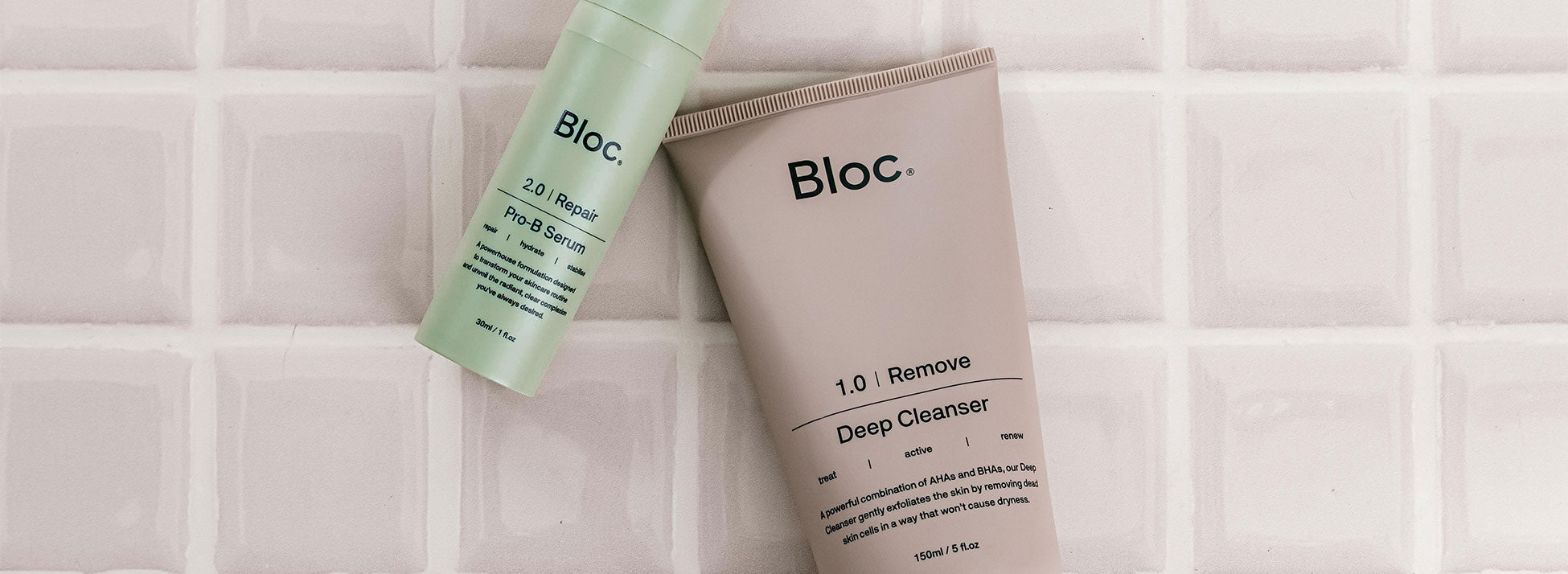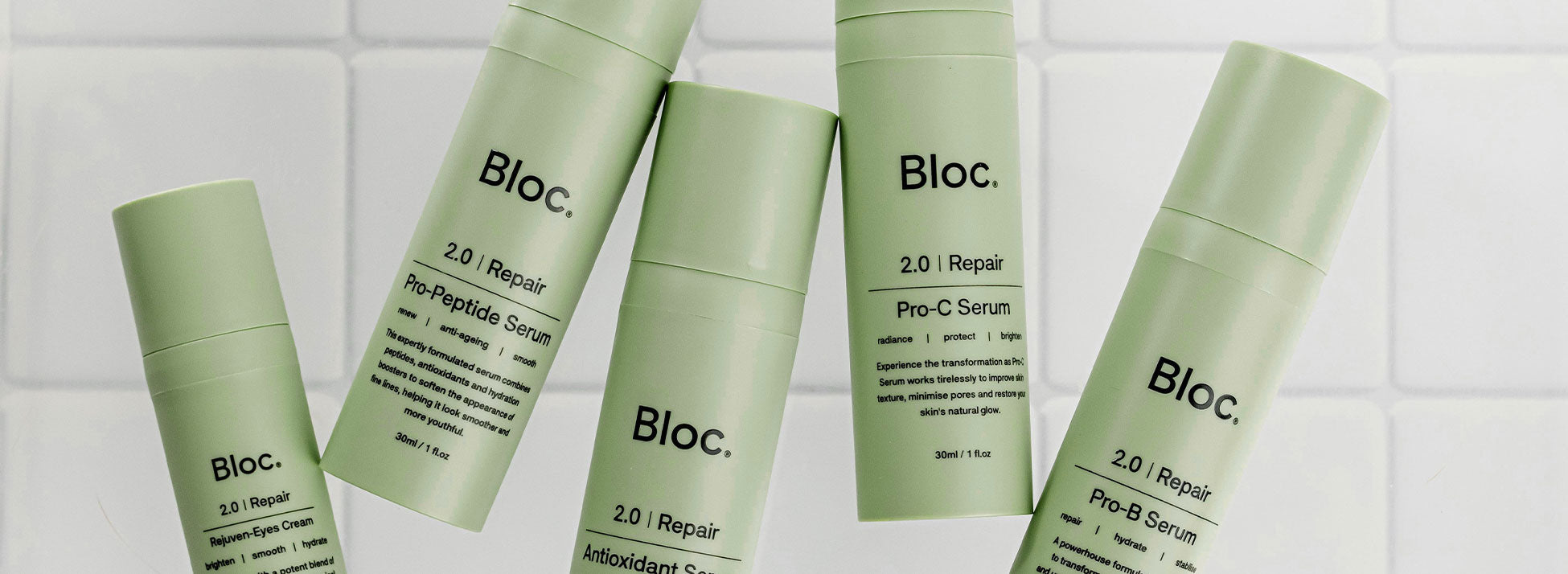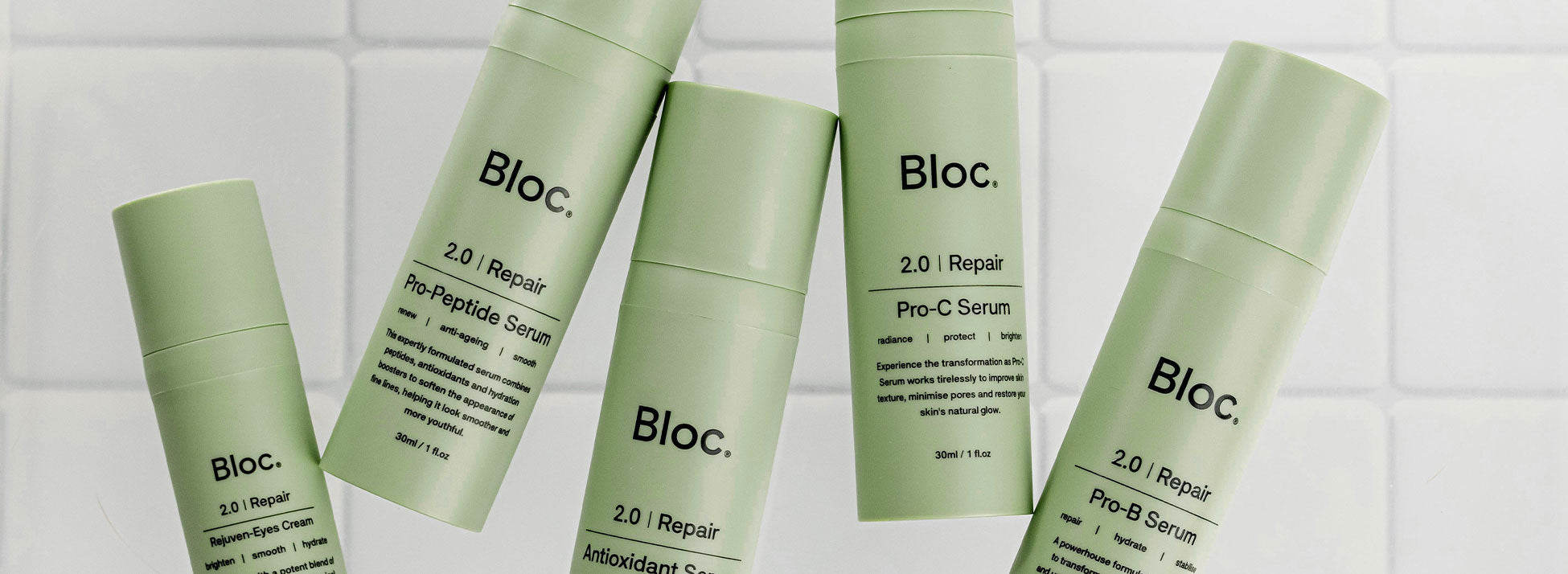Pigmentation is one of the most common skin concerns we see - but what does it actually mean?
In simple terms, pigmentation refers to the colouring of your skin. It’s caused by melanin, a natural pigment that gives skin, hair, and eyes their colour. Melanin is produced by skin cells called melanocytes, and when these cells become damaged or overactive, it can result in pigment irregularities - also known as hyperpigmentation or hypopigmentation.
Let’s break it down.
Types of Pigmentation
1. Hyperpigmentation
This is when patches of skin become darker than the surrounding area due to excess melanin production. It’s one of the most common pigment issues and can be triggered by:
- Sun exposure (UV damage)
- Hormonal changes (like melasma)
- Post-inflammatory hyperpigmentation (from acne, eczema or skin trauma)
- Certain medications
2. Hypopigmentation
This is when patches of skin become lighter due to a lack of melanin. Conditions like vitiligo or post-inflammatory hypopigmentation (e.g., after laser treatments or injury) fall into this category.
What Causes Pigmentation?
Pigmentation is influenced by a mix of genetic, environmental, and hormonal factors. Some of the most common triggers include:
- Sun exposure: UV rays are the number one cause of pigmentation concerns, making daily SPF essential - even on cloudy days.
- Hormones: Hormonal fluctuations during pregnancy or from birth control can lead to melasma, a type of pigmentation that often appears as symmetrical patches on the face.
- Skin trauma or inflammation: Breakouts, rashes, or injuries can leave behind marks once they heal - this is called post-inflammatory hyperpigmentation.
- Ageing: With age, we’re more likely to develop sun spots or "age spots" due to cumulative UV exposure over time.
Can Pigmentation Be Treated?
Yes, there are a range of treatment options available, and the best approach depends on the type, depth, and cause of the pigmentation. Some of the most effective treatments include:
- Topical ingredients: Look for products containing Vitamin C, niacinamide, azelaic acid, or retinoids to help brighten the skin and reduce the appearance of dark spots over time.
- Chemical peels: Professionally administered peels can help resurface the skin and target surface pigmentation.
- Laser treatments: Specific lasers can break down pigment and encourage even skin tone - but must be used carefully, especially on darker skin tones.
- Microneedling: Helps improve skin texture and tone, and can support pigment reduction when paired with pigment-inhibiting ingredients.
How to Prevent Pigmentation
While not all pigmentation can be prevented, there are steps you can take to minimise your risk:
- SPF, every day: Sun protection is your best defence. Choose a broad-spectrum sunscreen with SPF 30 or higher and reapply every 2 hours.
- Don’t pick your skin: Avoid squeezing breakouts or scratching irritated skin - this can lead to inflammation and pigment scarring.
- Be gentle with active treatments: Overuse of actives like AHAs, BHAs or retinol can cause irritation and, in some cases, worsen pigmentation.
- Treat early: The earlier you treat pigmentation, the better the outcome - especially when it’s post-acne or sun-related.
When to See a Professional
If you're struggling with stubborn pigmentation or unsure of the cause, it’s always best to book a consultation with a dermatologist. They can assess your skin, rule out any underlying conditions, and develop a personalised treatment plan.
Pigmentation is common - and treatable. With the right skincare routine, professional treatments, and consistent sun protection, you can improve uneven skin tone and feel confident in your skin again.









